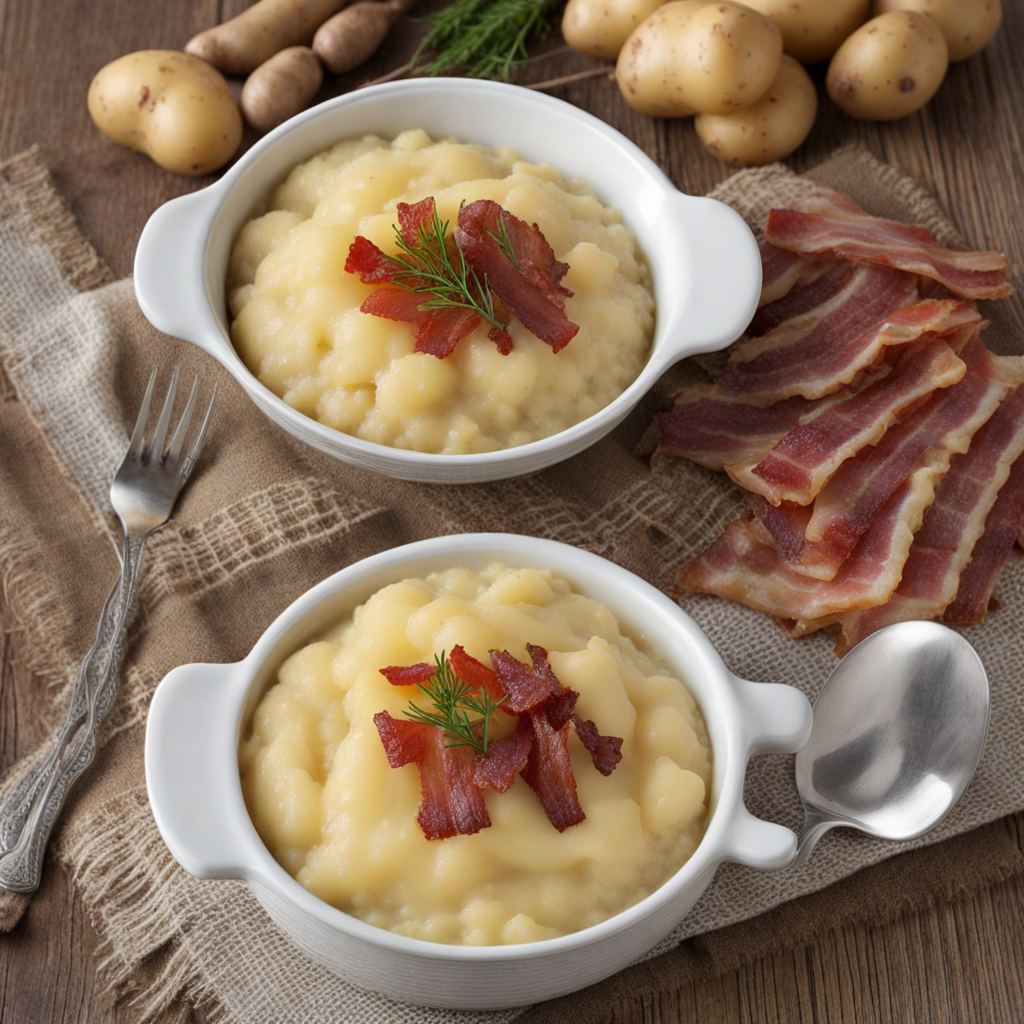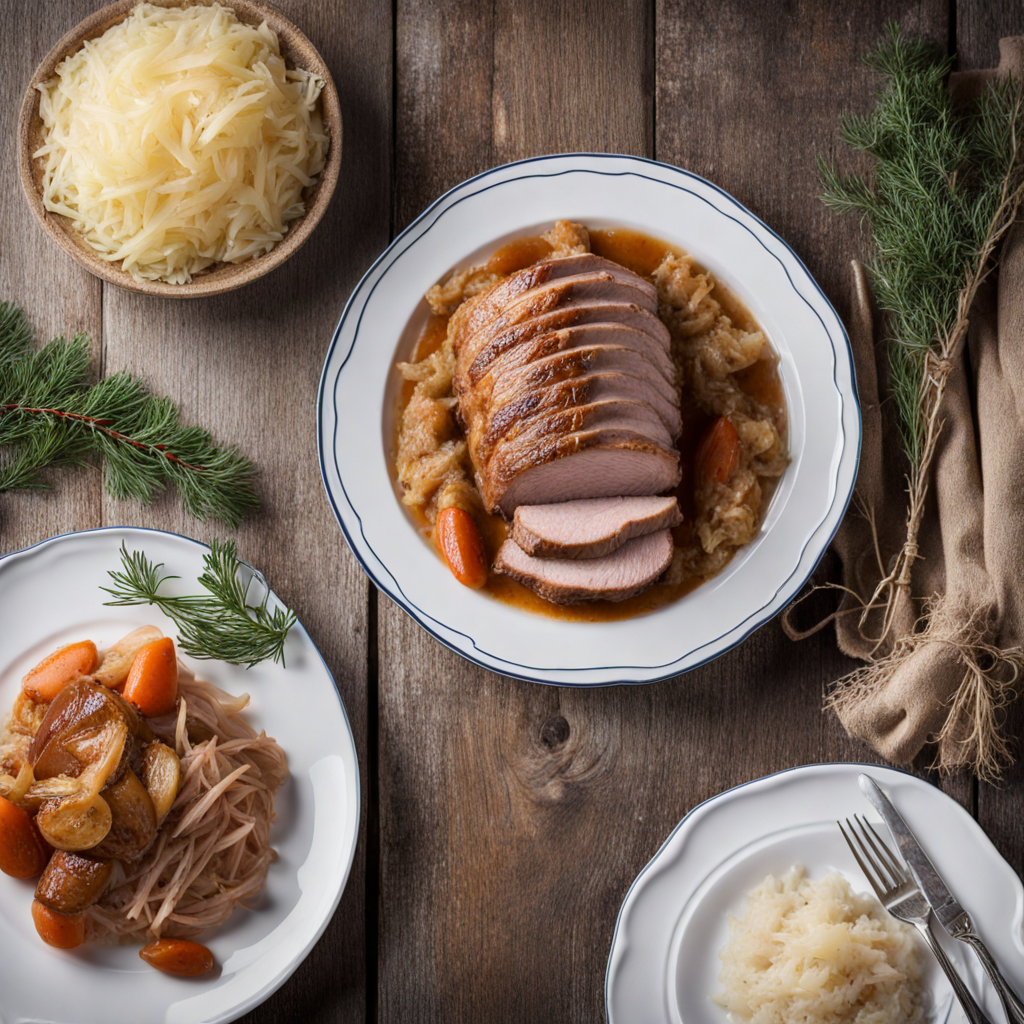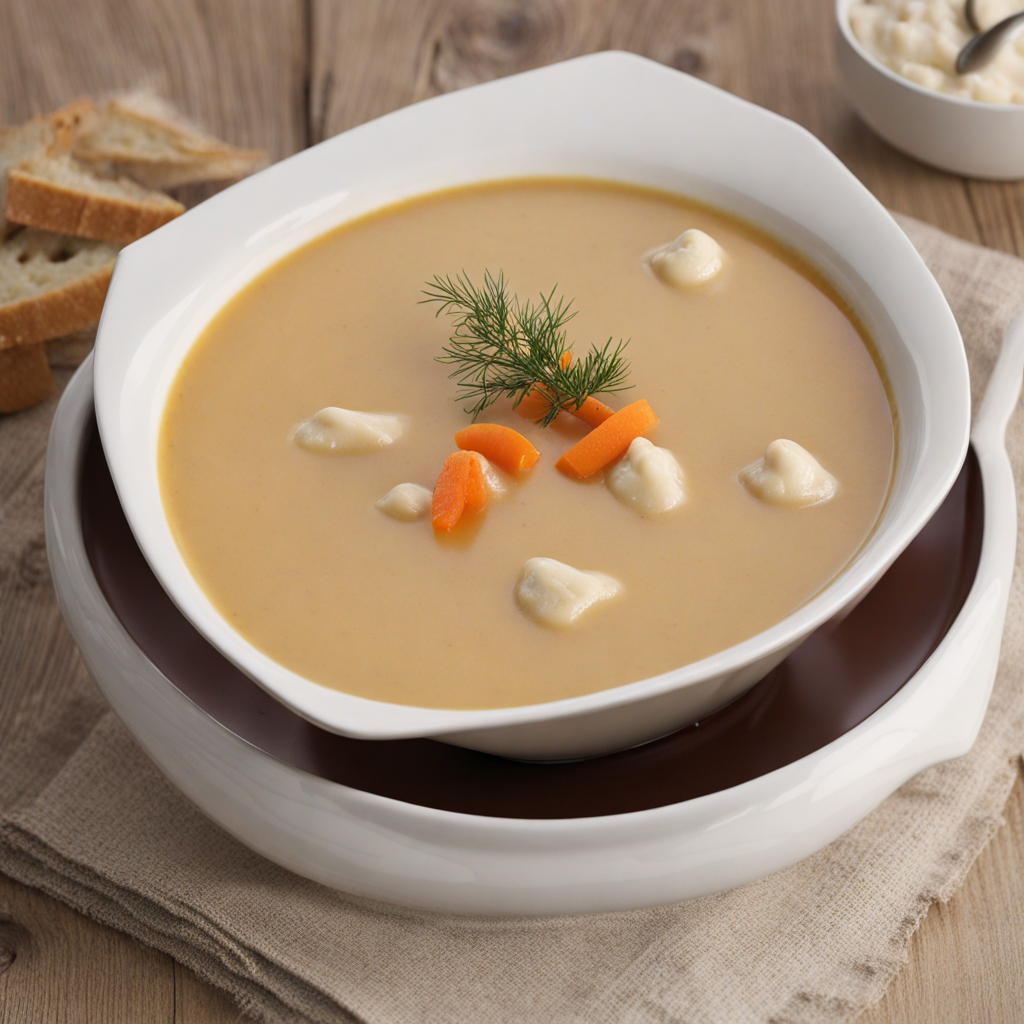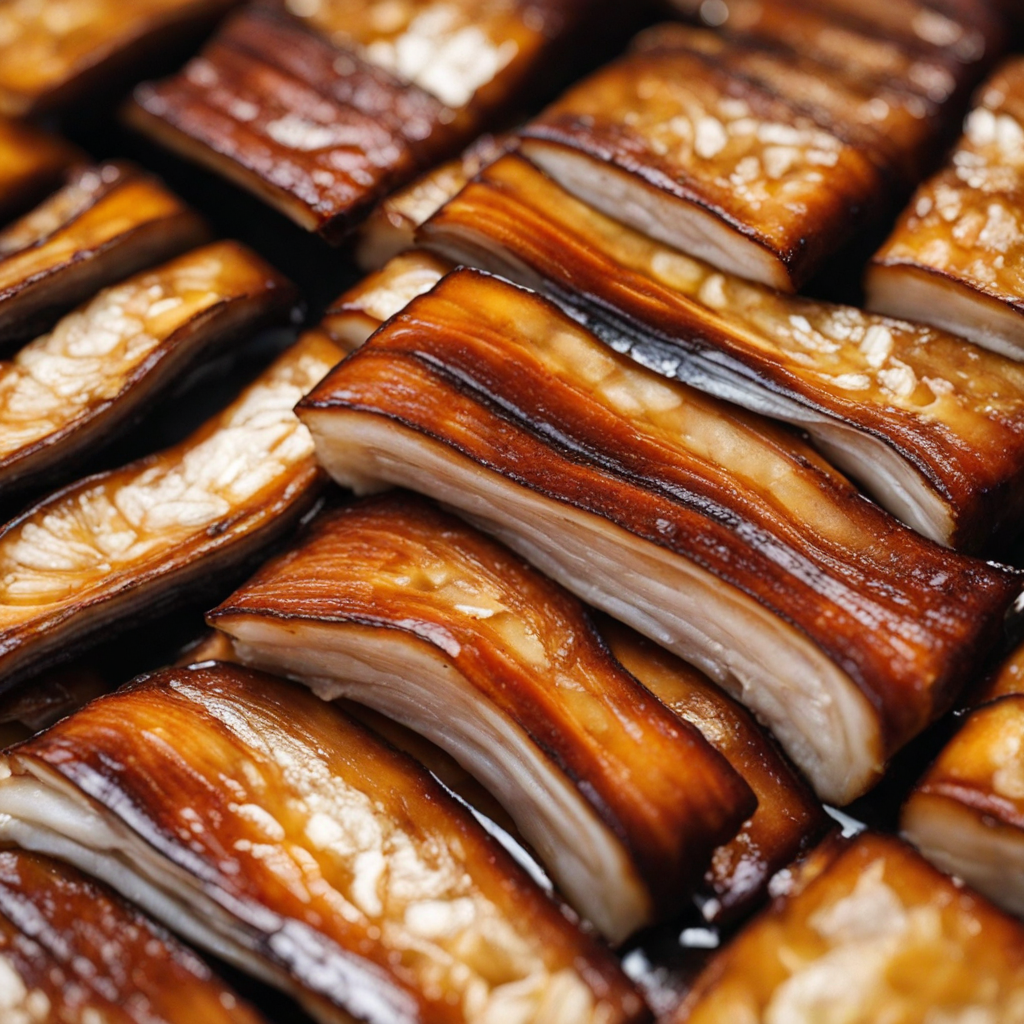Potato and Groats Pudding
Potato and Groats Pudding, known as "Kartuli- ja Daatli Pudru" in Estonia, is a comforting dish that beautifully marries the earthy flavors of potatoes with the nutty texture of groats. This unique pudding is often made with a base of finely grated potatoes, which lend a creamy, starchy backbone to the dish. The addition of groats, typically made from barley or buckwheat, introduces a delightful chewiness that contrasts with the smoothness of the potatoes, creating a harmonious blend of textures that is both filling and satisfying. The pudding is usually seasoned with a touch of salt and pepper, allowing the natural flavors of the ingredients to shine through. The cooking process involves boiling and then baking the mixture, allowing the flavors to meld together while developing a golden crust on the outside. This crust adds a pleasant crunch that complements the soft interior, making each bite a delightful experience. Often served warm, Potato and Groats Pudding can be enjoyed as a main dish or a side, and it pairs beautifully with various accompaniments, such as sour cream, pickles, or sautéed mushrooms, which elevate the dish with their own layers of flavor. As a traditional Estonian food, Potato and Groats Pudding reflects the country’s agricultural heritage and resourcefulness in using staple ingredients. It is a dish that resonates with comfort and nostalgia, often enjoyed during family gatherings and festive occasions. For those eager to explore new culinary horizons, this pudding offers a taste of Estonia's rich culture and history, showcasing the simplicity and depth of flavor that can be achieved with humble ingredients.
How It Became This Dish
Mulgipuder: The Heart of Estonian Culinary Tradition Origins of Mulgipuder Mulgipuder, a traditional Estonian dish, has roots that delve deep into the agrarian lifestyle of the country, particularly in the region of Mulgi, situated in the southern part of Estonia. The dish is essentially a hearty porridge made primarily from potatoes and groats, typically barley or rye. Its name derives from the Mulgi people, known for their agricultural practices and distinct cultural identity. The importance of Mulgipuder extends beyond mere sustenance; it encapsulates the resilience and resourcefulness of the Estonian people, particularly during times of hardship. The origins of Mulgipuder can be traced back to rural Estonia in the 19th century, a period when the local population relied heavily on crops that could sustain them through long, harsh winters. Potatoes, which were introduced to Estonia in the 18th century, quickly became a staple food, complemented by locally grown grains. Mulgipuder emerged as a practical solution for utilizing these ingredients, providing a nutritious and filling meal for families. Cultural Significance Mulgipuder is more than just a dish; it represents the Estonian ethos of simplicity, ingenuity, and connection to the land. In rural communities, food was often prepared using whatever ingredients were available, leading to a strong tradition of foraging, preservation, and resourcefulness. Mulgipuder is a quintessential example of this practice, showcasing how local produce could be transformed into a comforting meal. Culturally, the dish holds a prominent place in Estonian folklore and traditions. It is often featured in celebrations and gatherings, symbolizing hospitality and community spirit. Families would gather around the table to share Mulgipuder, fostering bonds and creating lasting memories. In times of hardship, such as during World War II or the Soviet occupation, Mulgipuder became a symbol of sustenance and survival, representing the endurance of Estonian culture and identity. Moreover, Mulgipuder is often associated with the traditional Mulgimaa region, where local customs and dialects continue to thrive. The dish is celebrated in festivals and culinary events, serving as a reminder of the importance of regional cuisine in shaping national identity. The preparation of Mulgipuder is also a communal activity, often involving multiple generations of families, thereby reinforcing social ties and passing down culinary knowledge through the ages. Development Over Time Over the years, Mulgipuder has evolved while retaining its core elements. In its traditional form, the dish typically consisted of boiled potatoes mashed with barley or rye groats, seasoned with salt and often served with a generous dollop of butter. However, as Estonia underwent significant social and economic changes, particularly during the 20th century, so too did the preparation and presentation of Mulgipuder. In the early days, the dish was cooked over an open fire, using simple pots and utensils. The advent of modern cooking technology allowed for more efficient preparation methods, such as the use of electric cookers and blenders, which have made it easier to create smooth and creamy versions of the dish. Additionally, the increasing availability of diverse ingredients has led to variations of Mulgipuder, with some contemporary recipes incorporating other vegetables, such as carrots or onions, to enhance flavor and nutrition. The global influence of culinary trends has also impacted Mulgipuder. As Estonia has embraced international cuisine, chefs and home cooks alike have begun to experiment with the dish, introducing elements of fusion cooking. For instance, some recipes may feature spices or herbs that are not traditionally associated with Mulgipuder, reflecting the more diverse palates of modern Estonian society. Furthermore, Mulgipuder has found its place on the menus of upscale restaurants, where it is often presented with a contemporary twist. Chefs may serve it alongside gourmet ingredients, such as smoked fish or artisanal cheeses, elevating the dish while honoring its humble origins. This transformation has not only rekindled interest in traditional Estonian cuisine but has also contributed to a broader movement towards using local and sustainable ingredients. Modern-Day Relevance In contemporary Estonia, Mulgipuder remains a beloved comfort food, cherished by both the older generation and younger Estonians. It is often prepared for family gatherings, holidays, and special occasions, serving as a reminder of the past while adapting to modern culinary preferences. The dish has become a symbol of national pride, celebrated in food festivals that highlight Estonia’s rich culinary heritage. Moreover, the rise of the slow food movement has led to a renewed appreciation for traditional dishes like Mulgipuder. As people become more conscious of where their food comes from and seek to reconnect with their culinary roots, Mulgipuder fits the bill perfectly. It is a dish that tells a story, not only of the ingredients but of the cultural practices and historical experiences of the Estonian people. Conclusion As we look at Mulgipuder's journey from a humble rural dish to a symbol of Estonian cultural identity, it becomes clear that food is a powerful medium for storytelling. Mulgipuder represents the heart of Estonian cuisine—simple, nourishing, and deeply connected to the land and its people. Through its evolution, the dish continues to reflect the resilience and adaptability of Estonian culture, embodying the spirit of a nation that has weathered challenges while celebrating its rich heritage. Today, as Estonians embrace both tradition and innovation in their culinary practices, Mulgipuder remains a beloved staple, reminding us that the best dishes are those that nourish both the body and the soul.
You may like
Discover local flavors from Estonia







